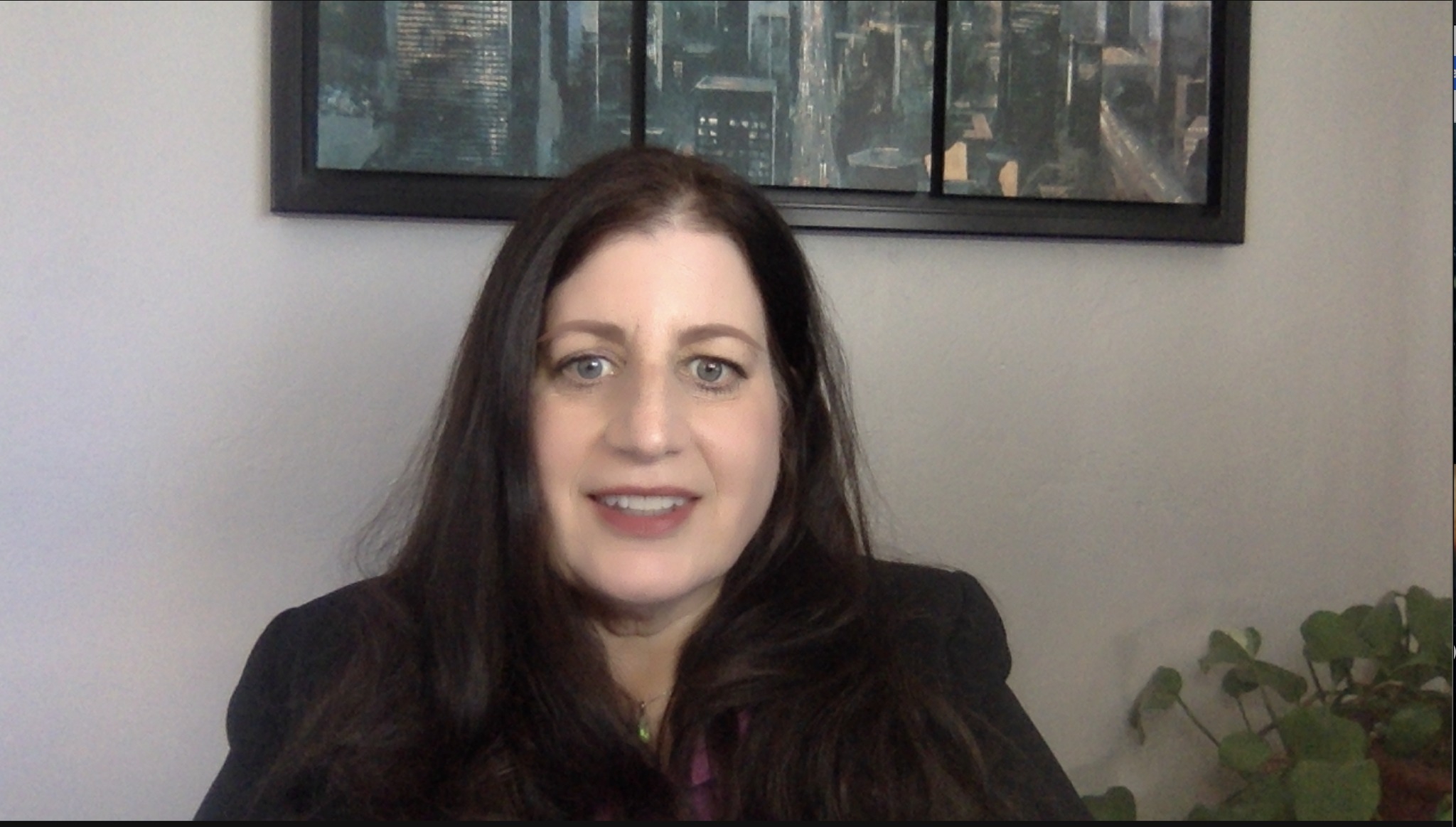A few weeks ago, an owner of a successful blog lamented the fact that his demographic reach was strongest with women over 45. “My readers should be 18-34 year old men,” he complained.
“Women over 45 are reading your blog,” I stressed, “I would just go with it.”
The blog owner wasn’t happy with the answer, insisting that it was his blog that needed to change, not his target demographic. He needed, he felt, to feature articles that appealed to a younger audience in order to stay viable.
In the blog owner’s defense, he’s not alone in believing that 18-34 year old men are a magic goal – that if he were to reach the proper number of that elusive subset then advertisers would start pouring money in his direction.
There was a time when people over 35 were seen as set in their ways. They already knew the type of detergent or underwear they preferred and they were unlikely to deviate. In other words, young people’s minds could still be manipulated by advertisers.
That idea (largely mythological), began during the “Mad Men” era of advertising. 20+ years after the beginning of the Baby Boom, the American population was young. Specifically, in 1966, 45% of the population was under 25. That meant if a product didn’t appeal to younger audiences, they were potentially cutting their market in half.
But even then, not all advertisers thought of the young Baby Boomers as a gold mine. If a product – like a luxury car – symbolizes having arrived in life, there’s little point in targeting people who probably won’t be able to afford it for another 20 years. Even during the 60s and 70s, much of the advertising had a stodgy feel. Advertisers did know, however, that if they could convince a young person to buy a Ford Mustang, brand loyalty might encourage them to graduate to a Lincoln once they did achieve financial success. But they also knew that if they advertised Mustangs as younger, more sporty vehicles, Lincoln buyers might also purchase a Mustang as a speedy fountain of youth.
Brand loyalty has all but died since the Golden Age of Advertising. Americans are getting older, but we are also becoming increasingly youth obsessed. It’s not uncommon to see parents and teenagers wearing similar clothes, listening to similar music, buying the same electronics and being “friends” on various social networking sites.
18-34 remains the gold standard in advertising demographics, even though today’s older consumers are nearly as malleable as younger buyers – and the older consumers generally have more money to spend.
From MediaPost.com in 2009:
“According to McKinsey Consulting, by 2010 (3.5 short months from now) 50% of all consumer spending in America will be by people over the age of 50. People 50+ earn $2.4 trillion annually compared to $1 trillion for the 18-34 group (and they spend at the same rate). Also according to McKinsey, people 50+ generate 41% of all disposable income, while they represent only 30% of the population. They buy 60% of all packaged goods, over half of all new cars and spend 75% more per vacation than consumers under 50. And in 2007, those over 50 spent 3 times the national average holiday shopping online.
And yet, less than 10% of all U.S. marketing dollars are spent against the 50+ consumer, and nationwide research shows that the majority of consumers over 50 feel that advertising and marketing either portrays them negatively or ignores them altogether.”
So, why don’t advertisers target older consumers? Perhaps it’s because many 50-year-olds see themselves as 30-year-olds or perhaps it’s because despite the fact that advertising is a creative industry, ad buyers are slow to discard decades-old notions. Perhaps it’s simply because it’s what they were told in college.
If you run a successful business, like the blog owner above, analyze your market. If women over 45 are reading your blog or buying your product, don’t reinvent the wheel. Embrace your market. Expand it if you can, but unless you have the reach of a product like Facebook, there are many millions more that can be tapped in your existing demographic. In other words, often the best marketing plan is simply to do more of what you’re already doing and never, ever, turn your back on your existing customer, no matter how old they are.


